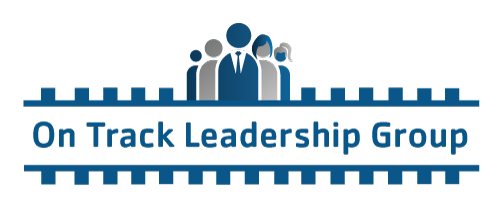Executive Coaching
Phase I, Part A of the coaching process provides extensive feedback to the administrator and utilizes a battery of assessment instruments. These assessments involve self-perception and include the following recommended instruments:
- Fundamental Interpersonal Relations Orientation-Behavior (FIRO-B)
- Myers-Briggs Type Indicator (MBTI)
- Change Preference Inventory for Educators (CPIE)
- Identifying and Understanding Your Basic Drives
- Leadership Style Organization Structural Match
- Thomas-Kilmann Conflict Mode Instrument
- Parker Team Player Survey
Phase I, Part B of the coaching process provides 360° feedback to the administrator. He/she receives feedback on others’ perceptions of those leadership competencies which are most important to the administrator’s success in his/her current role and the administrator’s skill level on each competency. The “coach” collects information from boss(es), direct reports, peers, as well as the administrator. The 360° instrument recommended is The On Track 360° Assessment.
Phase I, Part C involves the collection of additional information from these respective groups through the use of an extensive interview process. The interview questions are designed to solicit responses that will, upon analysis, produce an in-depth understanding of the competency level of the administrator. Results are compiled, analyzed, and feedback is then provided to the administrator in a format that protects the privacy of feedback sources.
Phase II of the process is an analysis of the 360° feedback data and the interview data to identify “critical performance gaps.” This analysis is done collaboratively by the coach and the administrator, with the coach taking the lead in the process, and takes into account the achievement status and improvement needs of the school system, school, or department that the administrator leads. The “gaps” are then prioritized based upon judgments about which must be addressed immediately, within one to three months, and before the year is out.
During Phase II, the coach and administrator also consider the leadership competencies from The On Track 360° Assessment. They consider any “critical performance gaps” as implications for the personal development plan, which is developed in Phase III.
Phase III of the process provides a personal development plan jointly developed by the administrator and the coach, with the coach taking the lead in the development of the plan. The development plan prescribes results to be achieved, timelines for their achievement, behaviors to be modified or learned, and activities and experiences designed to teach or modify those behaviors.
Phase IV involves coaching the administrator by the consultant coach. Such coaching includes clarification of results expected by superiors, subordinates, and peers and behaviors needed to meet those expected results. Solicitation of feedback from significant parties on progress in meeting their expectations is included.
During Phase IV, the coach works on-to-one with the administrator for two to three hours within a manageable framework. For example, monthly coaching visits are highly desirable, but coaching visits could occur every other month for a year or over a two-year time frame.
The executive coaching experience can be greatly enhanced through the utilization of reflective learning journals completed by the administrator, submitted to the coach for review, and then discussed by the administrator and coach. The administrator and coach will mutually agree upon the use of learning journals to enhance the coaching experience. Other important coaching enhancement experiences include e-mail exchanges and periodic telephone conferences.
